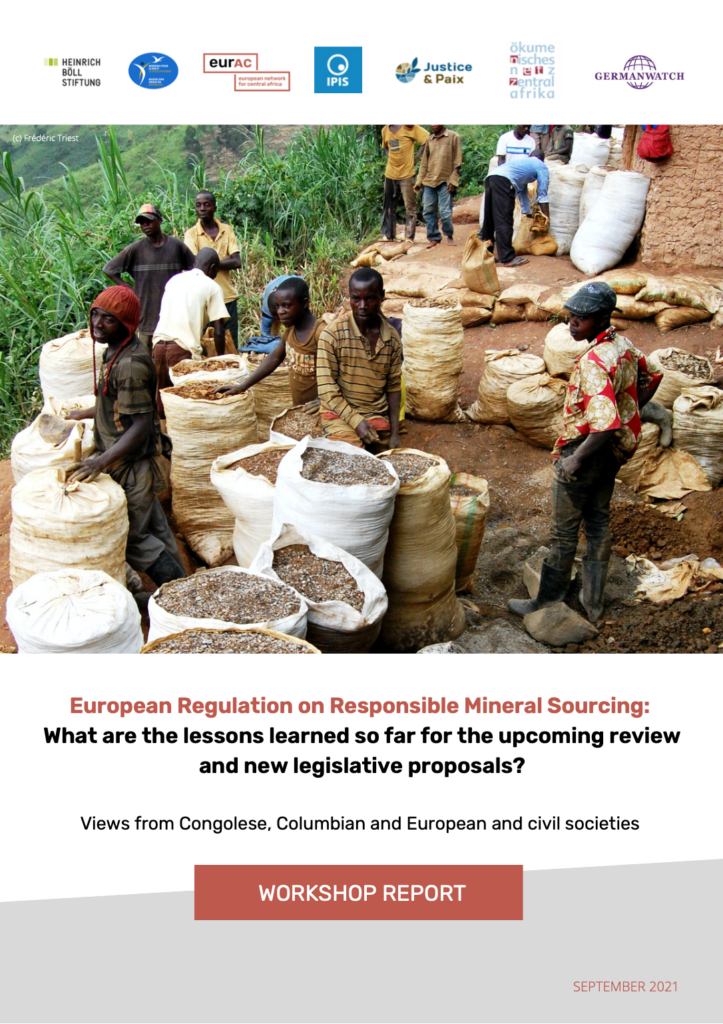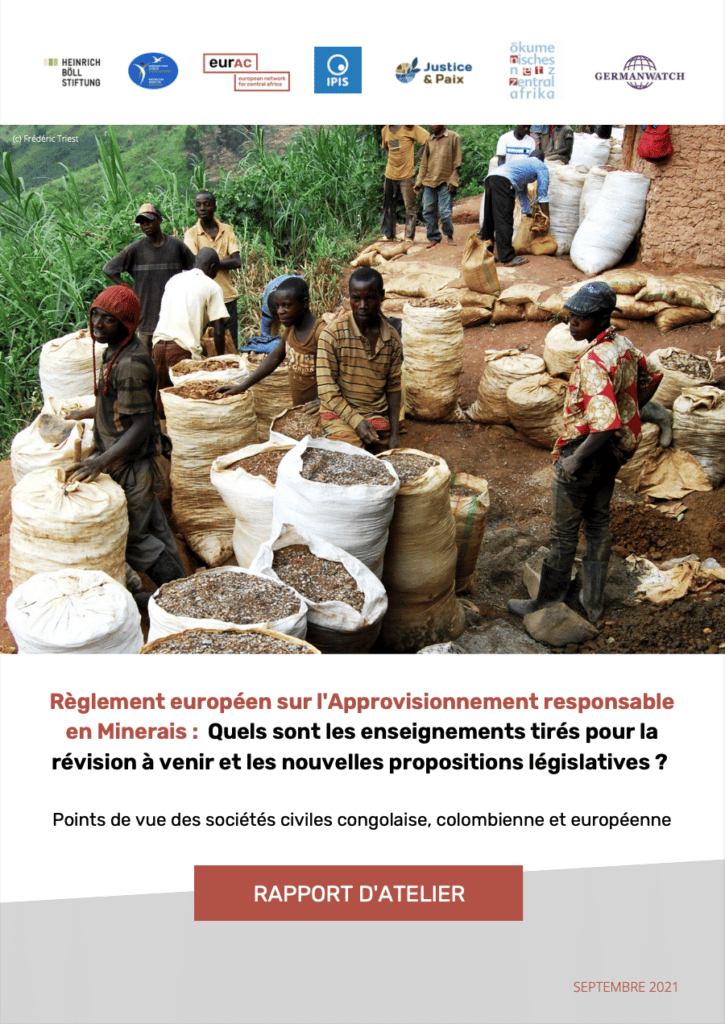The 1st of January 2021 marked the entry into force of the European Regulation on Responsible Sourcing of tin, tungsten tantalum and gold (3TG) from conflict-affected and high-risk areas (EU CMR or Regulation). The objective of the Regulation is to oblige European companies to carry out due diligence checks on their suppliers up-to the middle of the supply chain in order to minimize and manage the risks of human rights abuse and to break the link between the exploitation of mineral resources and violent conflicts. The Regulation was accompanied by the disbursement of 20 million euros worth of ‘accompanying measures’ by the European Commission to assist producing countries, local communities and the most vulnerable actors in the production chains to engage with systems of accountability throughout the chain.
The Regulation represents an important first step in ensuring transparent mineral production chains that curb human rights abuses. However, it remains to be seen what the real impact is in producing countries, particularly with regards to benefits for local communities and small-scale artisanal mining operators. In this report we will focus on the producing countries of the Democratic Republic of Congo (DRC) and Columbia.
In September 2021, a three-day online workshop brought together more than fifty representatives of Colombian, Congolese and European civil society organizations (CSO) to discuss the EU CMR implementation. This workshop was followed by a public online conference where civil societies addressed their concerns to EU representatives (both from the EU Parliament and the Commission) and presented their recommendations.
Picture: © Frédéric Triest



